20 Fascinating Facts About Senegal
1. Senegal in West Africa has long been considered one of the region’s model democracies, boasting a history of stable government and civilian rule.
2. Senegal has been part of several West African empires including the Kingdom of Ghana (8th century), the Tukulor Empire (11th century) and the Jolof Empire (12th-14th centuries).
3. Senegal was of great interest to European powers. The Portuguese, British, French and Dutch all contended for control of the region due to its strategic location for trading slaves and goods.
4. The UNESCO-listed island of Gorée lies off the coast of Senegal. From the 15th to the 19th century, it was the largest slave-trading centre on the African coast.
5. Goree Island is home to the ‘Door of No Return, where millions of Africans were shipped to a life of slavery in the Caribbean and the Americas.
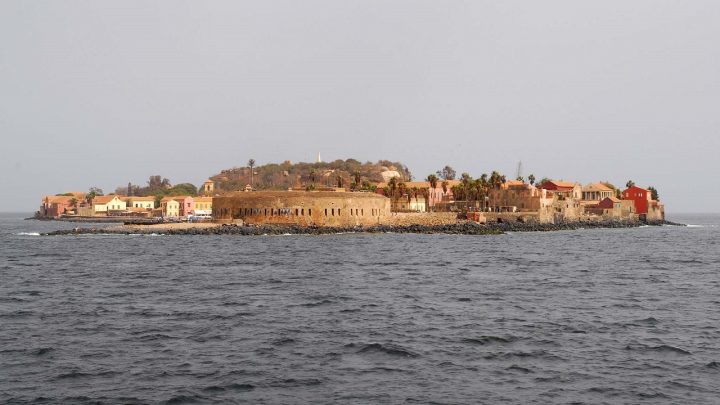
6. In total, Senegal has seven UNESCO World Heritage Sites. In Africa, only South Africa (10), Ethiopia, Morocco (9) and Tunisia (8) have more.
7. In 1960, Senegal gained independence as part of the Mali Federation – an alliance linking Senegal and the Sudanese Republic (previously French Sudan).
9. However, the federation lasted just two months when it was dissolved following Senegal’s secession and the Sudanese Republic became the Republic of Mali.
10. In 1982, Senegal also briefly merged with the Gambia to form a confederation to combine the countries’ military and security forces. Known as the Senegambian Confederation, it was dissolved in 1989.
11. The Senegalese flag has green, yellow and red vertical stripes with a central green star. These are pan-African colours with green (along with the star) representing hope and the country’s major religion (Islam), yellow representing the natural riches and the wealth obtained through labour and red representing the struggle for independence, life and socialism.
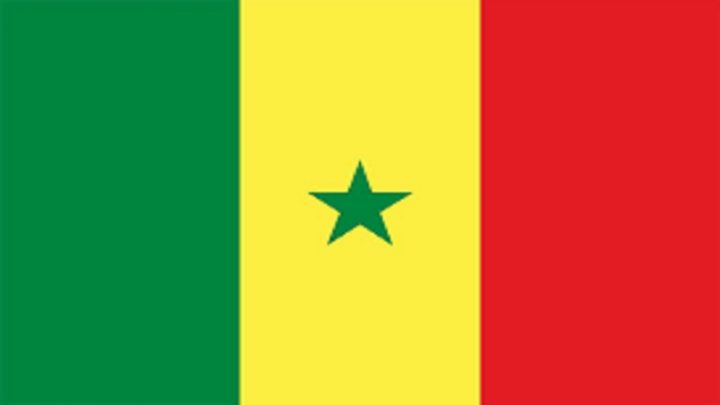
12. Some drivers in Senegal attach horse, sheep or cattle hair to their taxis for good luck. Blessed by religious leaders, these tales are believed to provide good fortune.
13. Senegal has a growing surf scene and the highly influential 1966 surfing movie The Endless Summer was part shot in Senegal.
14. On Sundays in Dakar, local shepherds take their sheep for a daylong cleansing ritual. Sheep are prized as sacrifices during religious festivals and some people believe the cleaner the animal, the better the sacrifice.
15. In 2012, Senegal began planting the Great Green Wall – a 7,000km long and 16km wide wall of trees stretching through several countries and across the arid Sahel savanna from the Atlantic Ocean to the Indian Ocean. The project is behind schedule but there is still optimism regarding its completion.
16. The Dakar Rally, first held in 1978–79 and covering up to 15,000km between Southern Europe and Senegal, is considered to be the world’s most gruelling automobile race. In 2009 the rally was relocated to South America after its organizers cancelled the event due to terrorism concerns.
17. The Cape Verde Peninsula in west-central Senegal is the westernmost point of continental Africa.
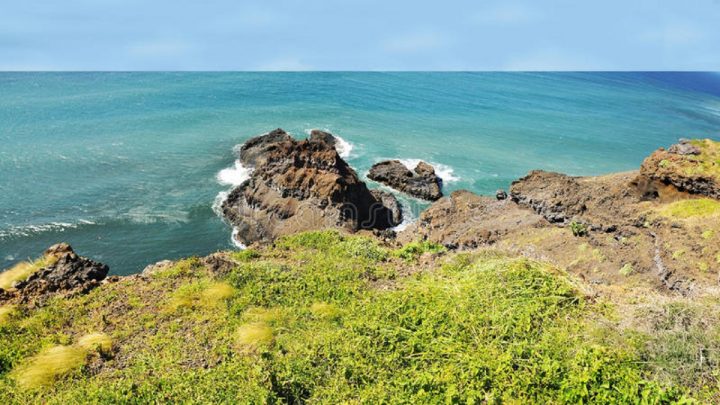
18. Senegal is home to Fadiouth, a small car-free island made entirely of clamshells including the houses, streets and cemeteries.
19. Senegal is known as the “Gateway to Africa” as it is served by multiple air and maritime travel routes.
20. Lake Rose (also known as Lake Retba) in Senegal sometimes turns rosy pink due to its unusually high salt content which is 10 times that of ocean water.
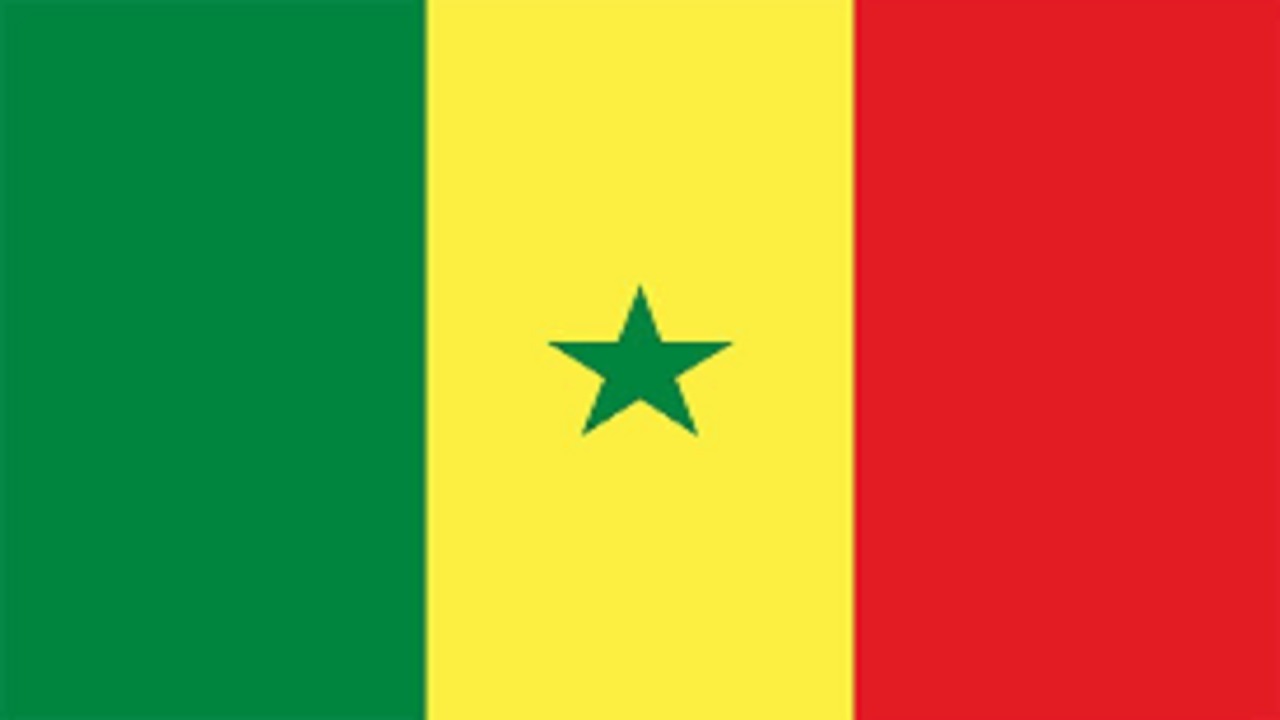
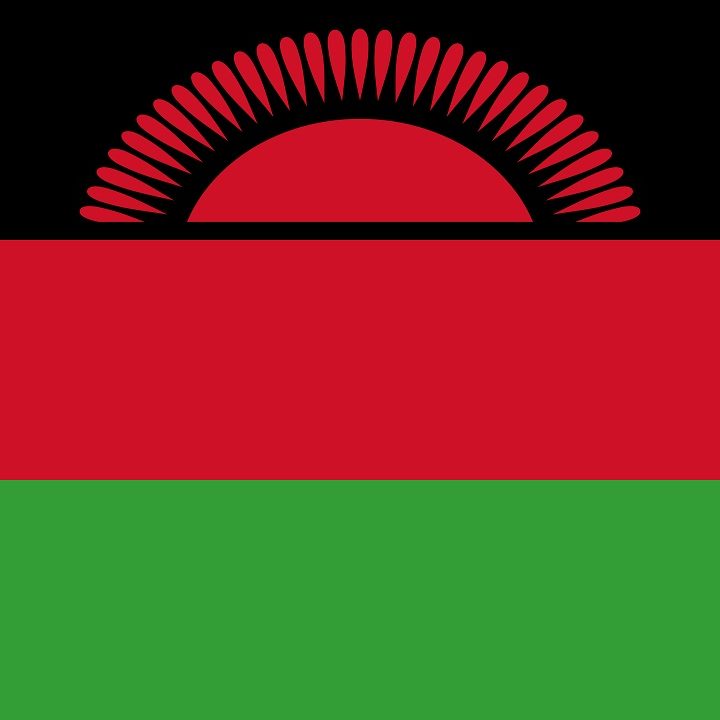
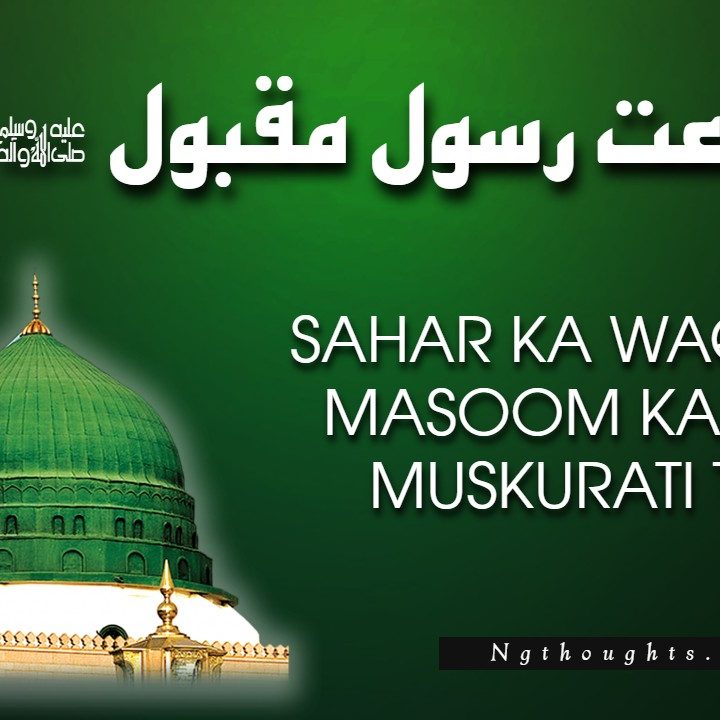
2 thoughts on “20 Fascinating Facts About Senegal”